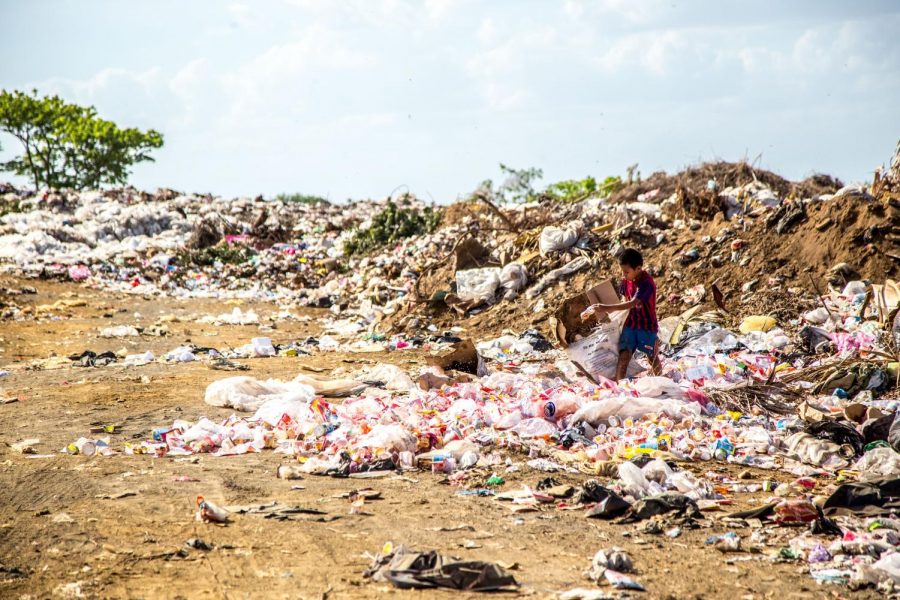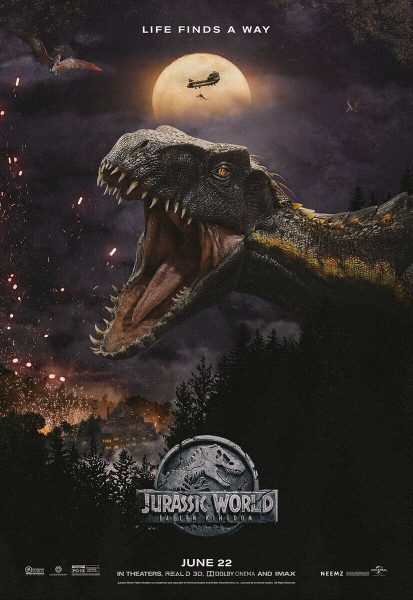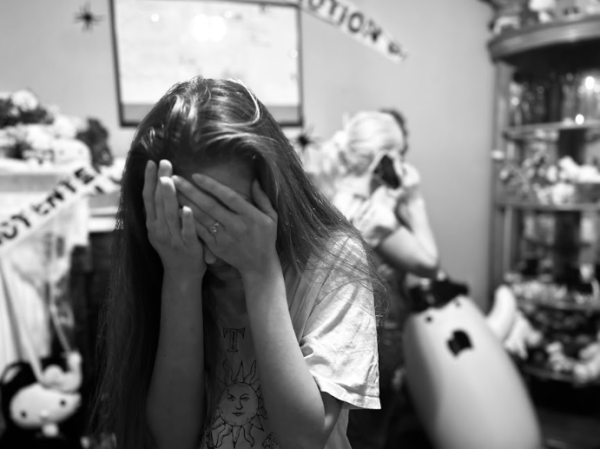Plastic Waste
December 13, 2018
Sea creatures are dying. People put so much plastic into the ocean that the underwater wildlife isn’t safe. All the plastic that humans throw into the sea breaks down over time and creates plastic particles that act as a prison in the ocean. According to National Oceanic and Atmospheric Association, or NOAA, plastic waste in the ocean begins to break down into microscopic particles called micro-plastics. Micro-plastics become ingested by fish, poisoning them, and the fish get eaten by humans, poisoning people.
The average American uses 185 lbs of plastic per year. Plastic bags that someone leave on the road are carried thousands of miles by wind and sewer out to the Pacific ocean, and it all gathers up in one spot, right in the middle. This became known as the Great Pacific Garbage Patch (GPGP). According to Ocean Crusaders, “100,000 marine creatures a year die from plastic entanglement and these are the ones found.” As the plastic breaks down, plastic particles poison the ocean.
According to The Ocean Cleanup Project, 1.8 trillion pieces of plastic fill the Pacific ocean. Winds and sewers carry plastic from east to west, landing in the sea. Ocean currents deposit the waste in the GPGP. Laignee Barron, an author for Time magazine, stated that there could be over “80,000 tons of litter” in the ocean right now.
But people can fix it. If perhaps we reduce humanity’s plastic consumption, someone can reduce the amount of waste that ends up in the water. India is already taking steps by creating biodegradable, algae-based plastic bags.
Senior Antayla VanLangeveld said, “With plastic-like containers and water bottles if they’re recyclable we recycle them. Sometimes with containers, we use them to hold stuff like sorting our LEGOs.”
According to Green Education Foundation(GEF), you can reduce plastic waste in the following ways: Stop using plastic straws. Use reusable or biodegradable bags. Stop chewing gum. Buy products in bulk. Use reusable cups.





